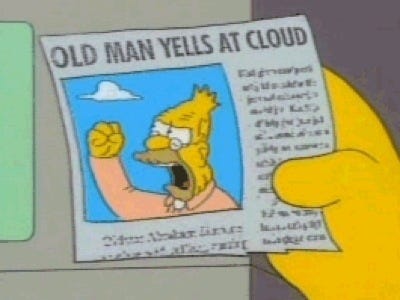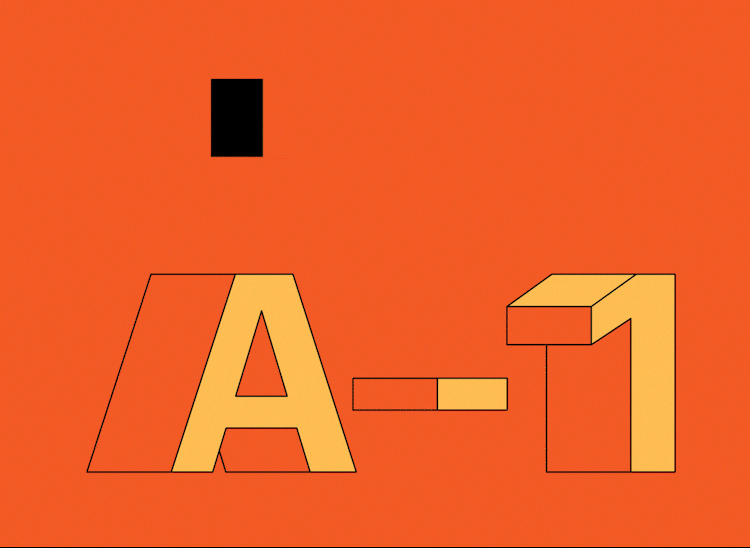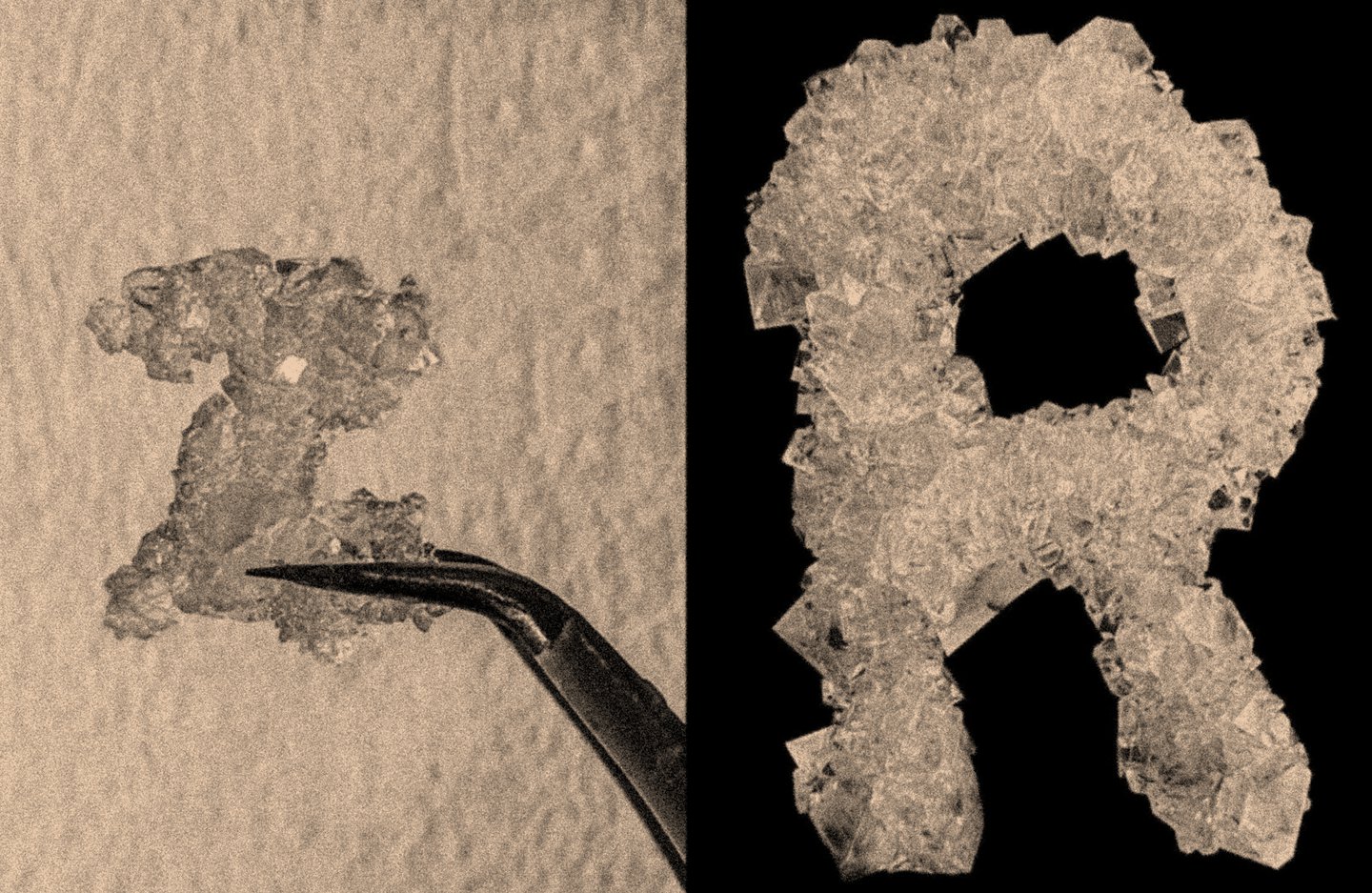Yellow journalism - Wikipedia
Yellow journalism and yellow press are American terms for journalism and associated newspapers that present little or no legitimate, well-researched news while instead using eye-catching headlines for increased sales.[1] Techniques may include exaggerations of news events, scandal-mongering, or sensationalism. By extension, the term yellow journalism is used today as a pejorative to decry any journalism that treats news in an unprofessional or unethical fashion.[2]
In English, the term is chiefly used in the U.S. In the UK, a roughly equivalent term is tabloid journalism, meaning journalism characteristic of tabloid newspapers, even if found elsewhere. Other languages, e.g. Russian (Жёлтая пресса), sometimes have terms derived from the American term. A common source of such writing is called checkbook journalism, which is the controversial practice of news reporters paying sources for their information without verifying its truth or accuracy. In some countries it is considered unethical by mainstream media outlets. In contrast, tabloid newspapers and tabloid television shows, which rely more on sensationalism, regularly engage in the practice.[3]
W. Joseph Campbell describes yellow press newspapers as having daily multi-column front-page headlines covering a variety of topics, such as sports and scandal, using bold layouts (with large illustrations and perhaps color), heavy reliance on unnamed sources, and unabashed self-promotion. The term was extensively used to describe certain major New York City newspapers around 1900 as they battled for circulation.[4] One aspect of yellow journalism was a surge in sensationalized crime reporting to boost sales and excite public opinion.[5]





.jpg)

















